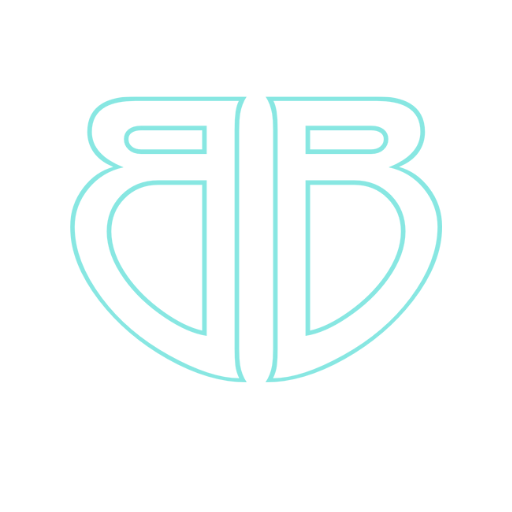There is no doubt that the DAW (Digital Audio Workstation) has had a massive impact on music production and composition. Whenever I speak to people that know nothing about working with a DAW, there seems to be the misconception that a DAW is only being used in EDM (Electronic Dance Music) HipHop in all its variety or Pop. This is of course far from true. DAW’s have had a massive impact on composing orchestral music, too. Especially for film.
How DAW’s have changed Music part I : Orchestreal and Soundtrack
The main advantage of a DAW is that it comes with audio-plugins. All DAW come with pre – installed plugins but it becomes really interesting as you can purchase and use plugins from third parties so you can customise your sound.
It gets even more interesting when you start using VST (Virtual Studio Instruments). Also here, whatever DAW you use will have some pre-installed but it gets really interesting once you use third party ones.
Pre DAW, mostly a composer sat at her/ his desk, write the music in notation, imagining what it should sound like later and unless present during rehearsals would have no influence on the musical execution of the work. Composing with a DAW lets you hear your composition in real time. And if writing for, per example, a movie, you can share your vision with the film director and/or music editor as you create it.
Having said that, composing orchestreal work with a DAW comes – as everything – with its pros and cons:
Pro’s
SAMPLES* – Without a doubt, the greatest advantage of the DAW’s introduction is the availability of high-quality instrument samples. Now that there are no longer any evident budget or time constraints that a live orchestra would impose, composers can experiment with an infinite number of sound combinations and make them almost sound as though they are being performed live. *In this case I am not talking about snippets of a song reused or integrated in a new song. I am referring to samples in VST instrumentation where real, live performances are recorded and then assigned to a key for your midi keyboard so you can integrate them in your composition (There will be a blog post on this at a later date).
WHENEVER WHEREVER – For many composers like myself working from a home studio it would would never have been possible to direct an orchestra and create a symphony. It is undeniable that the DAW has significantly expanded the scope of composition, not just for movies but in general. Despite its flaws, this could only have been beneficial for music in general.
AUDIO PLUGINS – The DAW’s powerful audio plugins brought up a whole new world sounds, even only in terms of orchestral music. Infinitive reverbs, time stretches, reverse effects – all this enables a complete new array of soundscapes to explore and experiment with.
NO END IN SIGHT – In comparison to other industries, the entertainment business is growing, with more content producers creating more content than ever before. Younger composers can learn how to write music for this industry with the help of the DAW, which provides them with more opportunities than ever before and it keeps expanding every day.
Cons
WHAT YOU HEAR IS NOT WHAT YOU WOULD GET – Using samples in a DAW has a number of knock-on effects that occasionally have a significant impact on composition. A prominent example of this is the neglect of woodwinds and brass, which sound the most “unrealistic” of all the sampled instruments. As it sound horrible when played back in a DAW, composers tend to avoid them. Also using standard orchestral methods, such as halted horns, muted strings, and string effects like ponticello and sul tasto, which give the orchestra its distinctive range of colour, are very hard to accomplish in a DAW (or tend to be very frustrating to implement even if you know how to), so are skipped frequently.
LOSS OF SKILLS – In reality, you don’t really need any background in orchestration to produce music that can sound fantastically orchestral in a DAW with samples. I, for one, full heartedly admit, could not compose without DAWs. It is blatantly clear that scoring now requires less technical competence. This isn’t immediately noticed because music is still being made and might turn out to sound fantastic. However, much needed skill and knowledge such as orchestration are definitely in decline. And those skill are still needed when handing completed work to a live orchestra.
PLAYABILITY – Just using a MIDI keyboard will not give you the full feel of a real instrument. Playing an instrument is much more intuitive. Nothing replaces a real musician. A DAW is foremost a tool.
LIVE ORCHESTRA PERFORMANCE – The amount of produced music being performed live has significantly decreased due to the improving quality and realism of samples within the DAW. Movies with low or medium budgets typically completely substitute a live orchestra with samples. Therefor composing with a DAW might have improved the creation side of music – but at the expense of the performing/ recording musician. That having said, a number of real orchestras can only survive today because they are being hired to record soundtracks for film.
SOCIAL CONTACT – As in all industries where automation processes have entered, it comes at a cost of social interaction. I remember once working in a company where I was instructed to write emails to a colleague who was sitting one desk away from me rather than walking over to him and ask him in person. Also in the music industry many of these direct interactions between composer/ director/ writer/ editor were eventually abandoned when the DAW emerged. In the majority of situations, being a composer becomes an increasingly solitary occupation where especially in the music industry, the best ideas come when playing together.







0 Comments